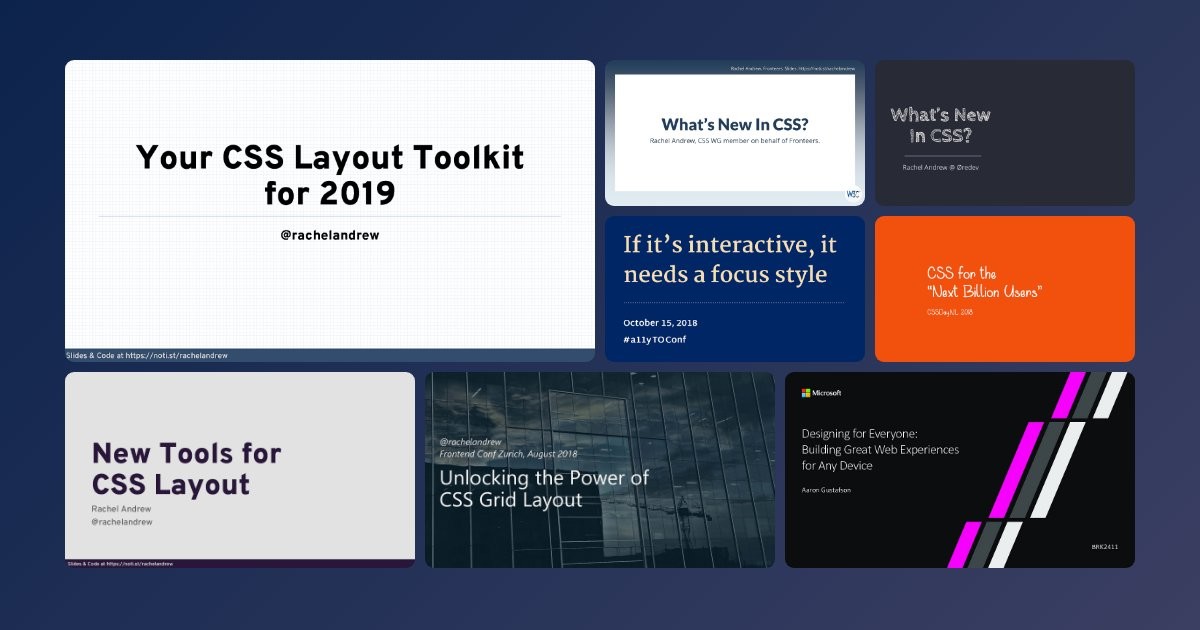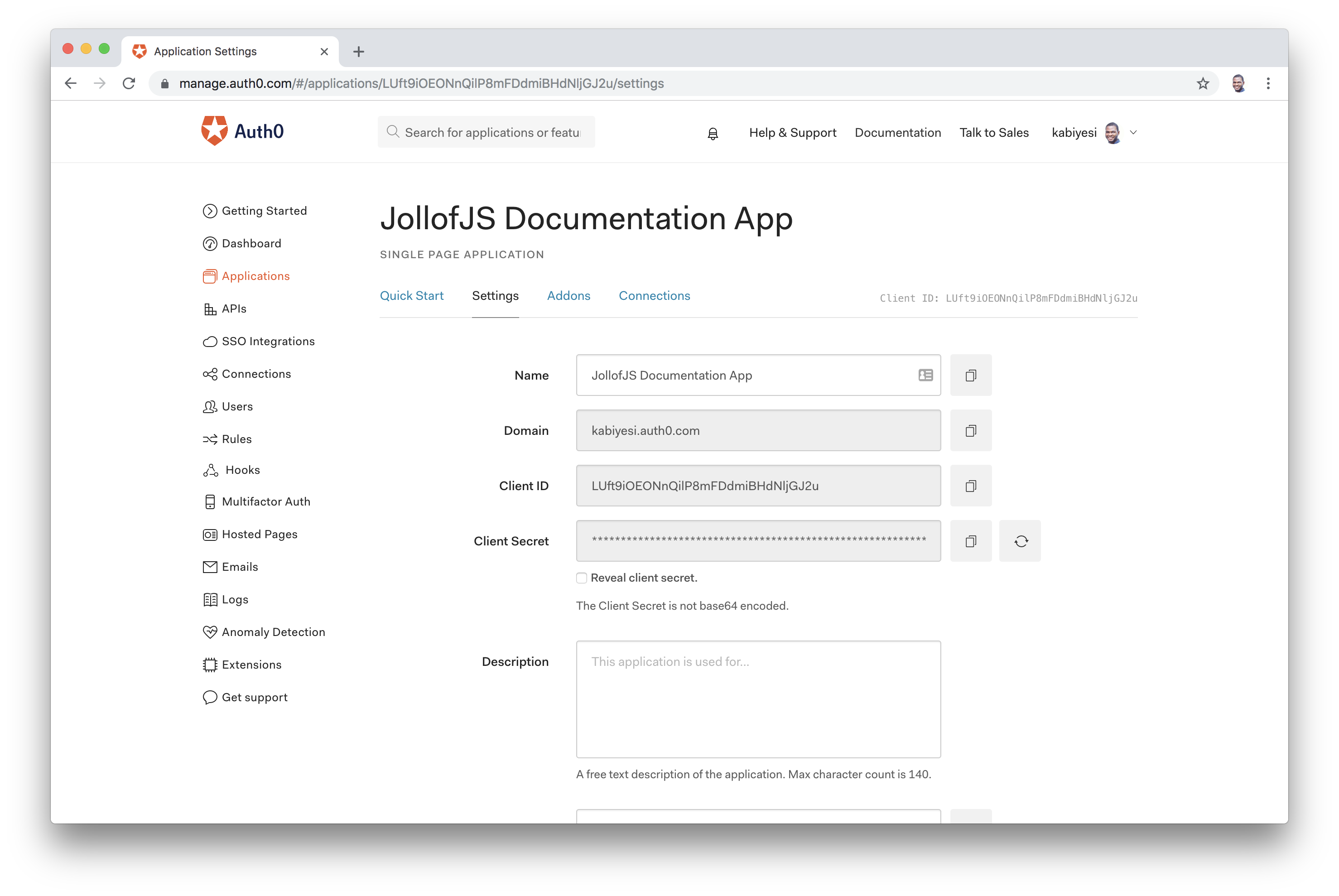Features 📝 MDX - Write your documentation in Markdown and include React components using JSX! ♻️ react-docgen - Automatically parses all your React components (functional, stateful, even stateless!) for JS Docblocks and Prop Types. To use MDX with Next.js, your approach will differ based on your data source location. For local content, you can use the @next/mdx package. This allows you to create pages directly with the.mdx extension inside your pages/ folder. MDX is a standard file format that combines Markdown with JSX. This means you can use Markdown’s terse syntax (such as # heading) for your documentation, and freely embed JSX component blocks at any point in the file.
linkAbout the Grid
The Material Design grid framework works on a 12 column grid system for desktop devices,an 8 column grid system for tablet devices, and a 4 column grid system for mobile devices.
The react-md library has implemented this by creating the .md-grid and .md-cellclass names. Using both of these together you can get the required margins and gutter for anapplication.
The grid is implemented with the .md-grid flexbox container and each column (or cell)is defined using the .md-cell class name. The default behavior is for the .md-cellto span an entire row on mobile devices, 3/4 a row on tablets, and 1/2 a row on desktops /larger screens. Since this will not work with all cases, you can also apply the .md-cell--NUMBERclass name to get a more defined grid system. When using the .md-grid--NUMBER class name,if the current device's max columns per row is less than the number, the column will just span theentire row.
linkExample
'.md-cell .md-cell--5' - This would span an entire row on mobile devices, 5/8s of a row on tablets,and 5/12s on desktops / larger screens.
linkComponents
There are 3 components that have been created to help create Grids with the appropriate class names. Pleasesee the examples below for more information about the Grid, Cell, and GridList components.
In this post i'm going to discuss the term 'Fold it in' which I think was first coined byspences10 and it relates to a method of using React Components inMDX without the need to import them each and every time.
This term may or may not make 100% sense but naming things is hard and having a shorter way to describe an approach ormethod in my experience can be quite helpful, but whatever, 'you do you'
On a recent stream with my NatterPops chums we implemented MDX in Benedicte's blog and wedid attempt to explain what we meant by 'fold it in' You can watch that below.
In an attempt to explain a little more i've documented a couple of ways this approach can be used.
In this example i'll be specifically referring to methods I use in my Gatsby builds when working with MDX
MDX
For those not familiar with MDX it's similar to Markdown and additionally provides a method to render React componentsalong with typical Markdown syntax... MDX is brilliant and I love it!
Here's an example 👇
This will result in something like the below 👇
This is a heading written in markdown
This is the body written in markdown
And this is a React component 👇
This is a quote - from someone
You'll see near the top of some-blog-post.mdx there's a familiar looking import statement, this is pretty much whatyou'd expect to see if you were in Jsx land.

The import statement works the same way in MDX and allows you to import React components and render them alongside theusual Markdown syntax, but because it's a React component you can be a little more fancy. In this example i've addedx2 Svg quote icons either side of the text.
This approach works great for 'one off' components but in the case of the <CustomBlockquote /> you might want to useit more regularly when writing blog posts and having to import it for each and every MDX file can be a bit of a faff.

Fold it in
It's at this point where you might like to think about providing all MDX files with the ability to render the<CustomBlockquote /> component without needing to import it first. It's here where the term 'fold it in' makes a bitmore sense.
By 'folding' the component in to the <MDXProvider /> it will be ready to use by any MDX file without the need toimport it first.
Your implementation of MDX will likely be different to mine but you will probably have an <MDXProvider /> somewhere inyour project. Here's a stripped back MDX Template file.
MDXProvider
To 'fold' components into MDX I use the components prop on the <MDXProvider /> and pass in the components i'd liketo make available to all MDX files.
Now that the <CustomBlockquote /> component has been 'folded' in there's no need to import it in the MDX blog post.
I've been asked a number of times about how this might affect bundle size / page size because using this method bundlesthe <CustomBlockquote /> component with each page regardless of if it's being used or not.
I have to be honest I don't know if that's actually the case. My assumption would be that webpack is smart enough toknow if a component is in use or not and therefore would only bundle the <CustomBlockquote /> as and when it'srequired but that's all a bit low level for me.
If you have questions surrounding the potential performance impacts of using this approach you might like to ask eitherChris Biscardi or John Otander, they're both veryapproachable chaps and were heavily involved in the creation of MDX.
However, if you have any other questions i'll do my best to answer them!
MDXRenderer
In the above example i'm using the <MDXProvider /> from @mdx-js/react and passing in a React component, in this nextbit i'm going to use the <MDXRenderer /> from gatsby-plugin-mdx to fold in 'data'.
I'll use the <CustomBlockquote /> component again but this time rather than rendering it's children i'm going to passdata stored in frontmatter back through the <MDXRenderer /> and make it available as a prop in the MDX body 🥴
Frontmatter
First I add a new field in frontmatter called quotes, it's of type array but looks like a list syntax in Markdown.If the below diff is a little hard to read, the quotes field should look like this, the --- are important as theysignify the beginning and end of frontmatter
Props instead of children

This is a weird one, but notice now instead of rendering the children of <CustomBlockquote /> as text I'm using anescaped Jsx syntax and pointing it to props.quotes[0]
The [0] is normal array syntax and represents an index from an array
MDXRenderer Props
In order for props.quotes[0] to equal something other than null I now query the frontmatter from the MDX Templatefile and pass the quotes back to the <MDXRenderer /> on a prop i've also called quotes
MDX - Js
This is a slightly contrived example but I suppose it might be useful if you had a really long blog post with lots ofquotes and rather than having to scroll through the page and find one that might need editing you could find the quotein question by looking at the top of the file in the frontmatter. 🤷♂️
A more 'Real World' example of how the <MDXRenderer /> can be used to pass data from frontmatter back to the MDXbody can be see in this rather outdated post: MDX Embedded Images.

See Full List On Github.com
In this post I pass local image files from frontmatter, process them withchildImageSharp in the MDX Template before passing them back to the <MDXRenderer /> to display them anywhere in theMDX body.
Phew... that just about wraps things up... see you around 🕺
Cached
